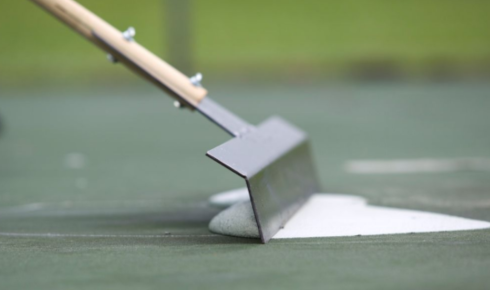We all want to believe the water coming from our tap is as pure and trustworthy as it looks—but let’s be real, that’s not always the case. Whether it’s that faint metallic aftertaste, lingering chlorine smell, or the fact that you still reach for bottled water despite having a kitchen faucet within arm’s reach… the truth is, most of us know our drinking water could be better.
Especially here in Kingston, WA. Some homes pull from wells, others from municipal sources. Either way, mineral buildup, odd flavors, or trace contaminants are more common than you’d think. The fix? It’s a lot easier than you might imagine. Enter the osmosis filter for home—a smart, compact solution that’s quietly transforming how people hydrate across Washington.
Let’s explore what reverse osmosis actually does, why it beats store-bought bottles every time, and how it’s helping locals finally enjoy tap water they can trust.
First, What Is an Osmosis Filter, Really?
Reverse osmosis (RO) is a method of purifying water by pushing it through a semipermeable membrane. That’s a fancy way of saying the water is squeezed through a filter so fine that only the tiniest water molecules make it through—leaving behind contaminants like lead, fluoride, chlorine, nitrates, arsenic, and even some bacteria and viruses.
The system usually sits under your sink, out of sight, and delivers clean water through a dedicated faucet. Many units have multiple filtration stages—sediment, activated carbon, the RO membrane, and often a post-filter to polish the taste.
The result? Crystal-clear water that’s not just safe, but refreshing, smooth, and clean-tasting. Better than what comes out of most water bottles—and with zero plastic waste.
Why Kingston Families Are Making the Switch
If you live in Kingston, you already know the water here can vary. Maybe you’ve got a private well that runs a bit iron-heavy. Maybe you’re connected to municipal water that still smells faintly like a swimming pool. Or maybe you’re just tired of those chalky deposits on your coffee maker and glassware.
Whatever the reason, one thing is clear: Kingston clean water isn’t guaranteed out of the box. But that’s okay—because an RO system can change the game.
Local homeowners who’ve installed these filters report dramatic improvements, often within days. Water tastes better. Dishes rinse cleaner. Even tea and coffee come out richer and more flavorful. And perhaps most importantly, people stop worrying about what’s really in their glass.
The Bottled Water Problem (and the Better Way)
We’ve all leaned on bottled water at some point. It’s convenient, sure. But it’s also expensive, wasteful, and—ironically—not always better. In fact, a lot of bottled water is just filtered municipal water. That’s right: you’re paying extra for something you could get at home, minus the single-use plastic.
A high-quality RO system offers a real bottled water alternative WA families can feel good about. No more hauling jugs from the store. No more crushing piles of empty bottles. Just unlimited clean water, whenever you want it.
And the savings? They add up fast. A family of four can easily spend hundreds per year on bottled water. An RO system pays for itself in less time than you think—and keeps giving long after.
Not Just for Drinking
Here’s where it gets even better. Once you’ve got clean water on tap, you start using it for more than just drinking. Cooking. Baking. Watering your plants. Filling up reusable bottles before a hike. Even your pets get a hydration upgrade.
Some folks even plumb their RO system to their fridge and ice maker. It’s a little extra effort during installation, but the payoff is clear—literally. No more cloudy cubes or funky-tasting freezer ice.
What to Know Before You Buy
Thinking about making the switch? Here are a few things to consider:
- Water test first. It helps determine exactly what’s in your water, so you can choose the right system.
- Look for NSF certification. This ensures the system actually removes the contaminants it claims to.
- Go for at least a 4-stage filter. More stages = more thorough filtration.
- Maintenance is minimal. Most filters only need changing every 6–12 months. Easy enough.
If you’re not a DIY type, don’t worry—plenty of local pros in Kitsap County specialize in installing RO systems quickly and cleanly. It’s typically a one-time job that takes a couple of hours max.
The Takeaway: One Small Filter, One Big Change
Installing an osmosis filter for home, Kingston clean water, bottled water alternative WA solution might not seem like a life-changing decision at first glance—but it kinda is.
You go from second-guessing your water to sipping with confidence. You stop stockpiling bottles and start enjoying water the way it was meant to be—clear, clean, and just a twist of the faucet away.
And once it’s in place, you’ll wonder why you didn’t do it years ago.
Because let’s be honest: there’s something really satisfying about drinking water that you know is pure. Not maybe. Not “pretty good.” Just pure. And when it comes to something you put in your body every day, that’s worth the upgrade.




